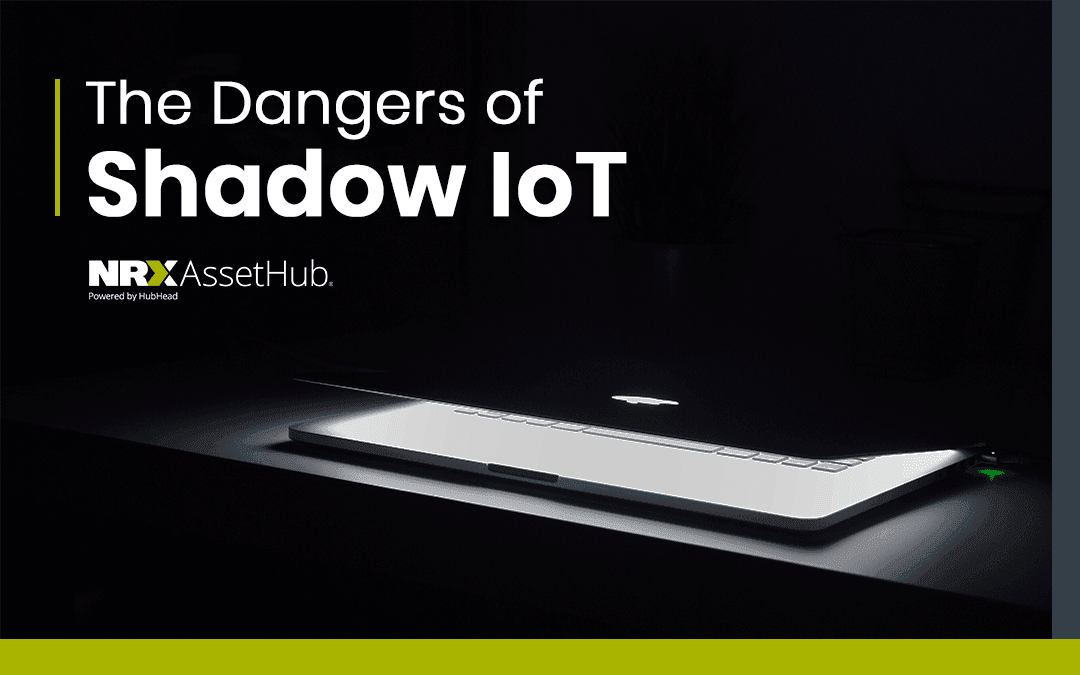What Exactly is Shadow IoT?
Shadow IoT is a term that has been introduced within the past few years and is beginning to pick up more and more traction as technological innovations continue to dominate the common workspace. At its core, it refers to personal devices connected to a company’s network without IT’s knowledge or permission. This isn’t uncommon to find as employees will typically opt to use their own devices at work for a variety of reasons including familiarity, access to specific applications, or even brand loyalty. Let’s be honest, we all know that one Mac user that refuses to make the switch to Windows. Whatever the reason may be, people use their own unauthorized devices to enhance performance, but at what potential cost?
It’s Dangerous Business
Connecting a laptop to your company’s network may seem harmless at first, but it’s with this careless assumption that consequences can occur. Most personal devices lack the security measures that are implemented within authorized company hardware, making them extremely vulnerable to being hacked and abused. If IT is unaware of a vulnerable device connected to a company’s network, this not only endangers the individual device owner, but the company as a whole. Attackers will be able to gain access to a company’s network through unprotected Shadow IoT devices and potentially cause serious damage. Data corruption, interception of confidential files, and mass release of employee information are all possibilities that can occur if a hacker takes advantage of these holes in security. The problem gets even worse when you consider the wide range of internet enabled devices available to connect to the network: printers, screen casting devices, phones, security cameras, and many more.
We Secure Your Data
There are measures a company can take to make the use of Shadow IoT safer within the workplace, but all of these methods are rather restrictive. Just as employees use their own devices to make themselves more effective, limiting the use of their devices can have the opposite effect. The logical starting point for controlling which devices are allowed in your facilities and on your network is asset master data. Having a good process for requesting the addition of a new asset to your business is a critical starting point. A good process addresses the complete asset information life cycle from engineering and design, device and supplier selection, procurement, security, commissioning, and ongoing maintenance and operations. Book a demo with us to see just how we can help you manage your asset master data throughout the asset information life cycle.
Cyber Security Starts in the Cloud

How to Prepare for IIoT

Building Your Business Case for IIOT

Share this article

